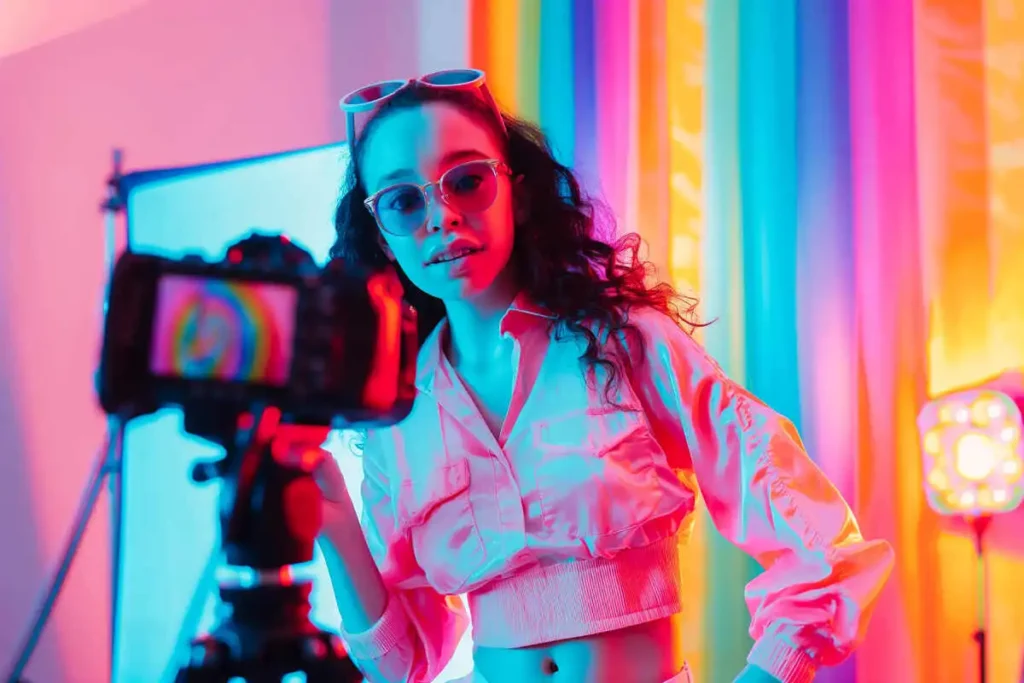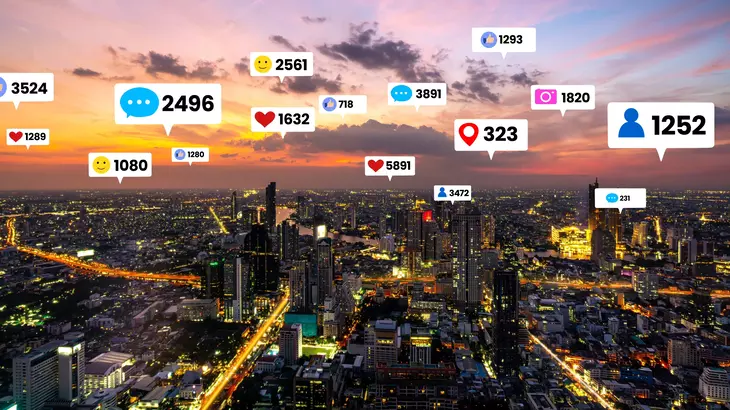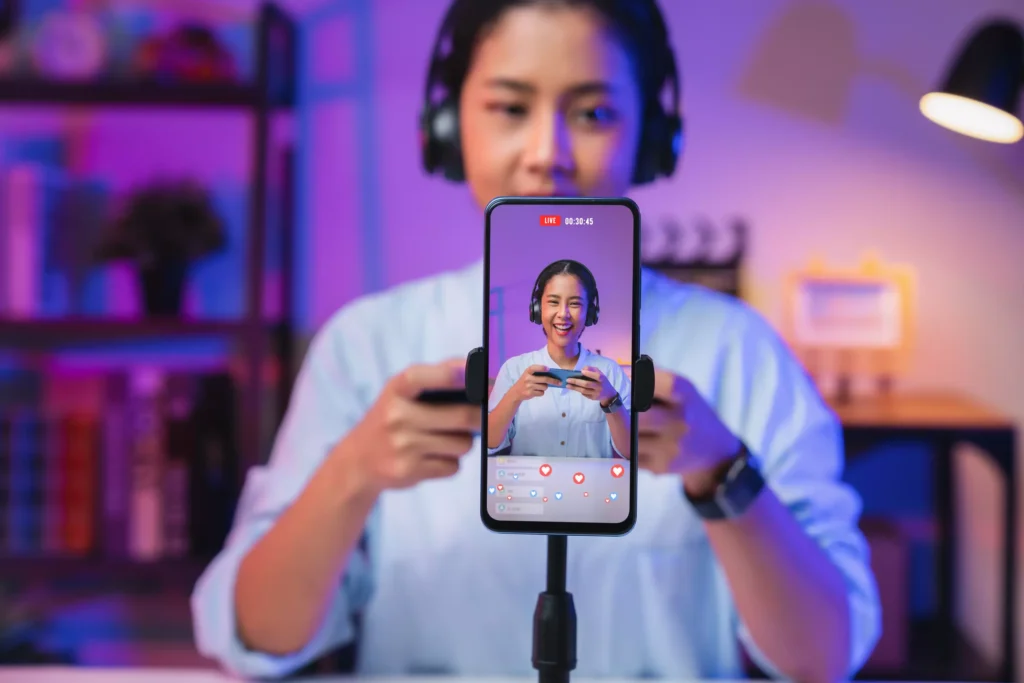The Lion's Den
How To Get Paid To Create Content
How To Hire Content Creator

How to Get Paid as a Content Creator
Monetization Options on YouTube
YouTube offers several monetization options that can help turn your passion for creating videos into a revenue-generating venture. The primary method is through Google AdSense, where you earn money based on views and clicks on ads shown before, during, or after your videos. Other monetization options include channel memberships, where subscribers pay a monthly fee for access to exclusive content, and Super Chats during live streams, where viewers pay to have their messages highlighted. Additionally, YouTube offers platform creator funds, such as the YouTube Shorts Fund, to incentivize high-performing content.
Sponsored Posts on Instagram
Instagram is a powerful platform for content creators and social media influencers looking to monetize their influence. Sponsored content allows influencers to monetize their influence by partnering with brands to promote products or services through their Instagram feed or stories. With around 71% of Americans ages 18 to 29 saying they use Instagram, it’s clear why brands see the platform as a valuable channel to reach younger audiences. Sponsored posts involve partnering with brands to promote products or services through your Instagram feed or stories. Earnings from sponsored posts can vary based on your follower count, engagement rates, and the sector you’re in. Tools like Instagram’s branded content tags make these partnerships transparent, enhancing trust with your audience while complying with advertising regulations.
Ad Revenue on Facebook
Facebook offers digital creators multiple ways to earn money, primarily through in-stream ads, which are short ads that play before or during your digital content. To qualify, you need a certain number of video views and followers. Facebook also supports fan subscriptions, where followers can pay for exclusive content, and Stars, a feature where viewers can tip creators during live streams, generating ad revenue on a consistent basis.
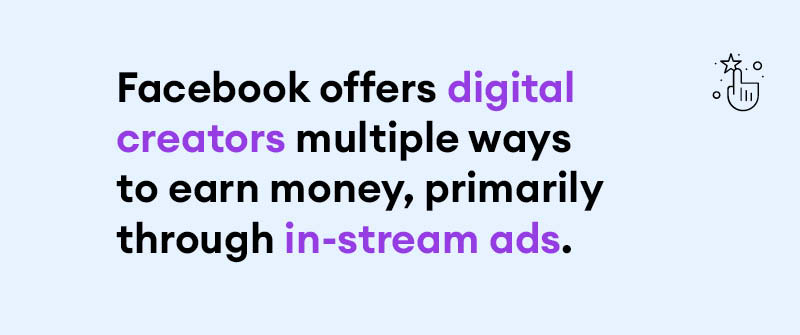
Brand Collaborations and Partnerships
Regardless of the platform, knowing how to get brand deals and partnerships serve as a lucrative income source for content creators. Brand ambassadors play a crucial role in these long-term brand partnerships, engaging in diverse content-creation strategies to enhance their visibility and entrepreneurial ventures. These collaborations can range from product placements to comprehensive marketing campaigns where influencers promote a brand’s image and products. Successful executions of these partnerships often bring about recurring contracts and long-term relationships, maximizing earning potential while adding value to your brand portfolio.
How Do I Become a Content Creator?
Becoming a content creator might seem daunting at first, but with the right strategy and tools, anyone can carve out a niche in the digital space. Here, we’ll break down the essential steps to help you get started on your journey. Content creation tools are crucial for new creators, as they enhance flexibility and effectiveness in producing and promoting content.
Choosing the Right Platform for Content Creation
The first and most critical step is to select the platform and social media channels that align with your content style and audience. Platforms like TikTok offer short, engaging video formats, while others like YouTube allow for more in-depth content. Consider where your target audience spends most of their time and the type of social media posts you enjoy creating. For instance, if your primary goal is to get paid to create content for influencers, Instagram and TikTok are excellent choices due to their high engagement rates and visual appeal.
Creating Engaging and Valuable Content
Content is king in the digital world. User-generated content (UGC) is particularly valuable for engaging audiences and driving sales. To stand out, focus on delivering content that is not only engaging but also valuable to your audience. This could mean offering educational insights, entertainment, or unique perspectives that set you apart from others. Utilize tools such as visual design software, analytics, and trend-tracking to refine your content strategy continually. Remember, consistency and quality are the keys to keeping your audience engaged and growing your follower base.
Building a Personal Brand
Your social media presence is what people will remember you by. It’s about the look and feel of your content, your communication style, and the persona you project online. Developing a unique and authentic personal brand with your social media accounts helps build trust with your audience, making them more likely to engage with and share your content. Think about what sets you apart—your skills, interests, and personality traits—and make sure these shine through in your posts and videos.
Networking with Other Content Creators
Networking is an invaluable part of becoming a successful content creator. Collaborate with other creators within your niche to pool resources, share audiences, and create more compelling content. Frequently, such collaborations can lead to new opportunities, such as getting paid to create content for influencers. Join online communities, attend industry events, and engage actively with others in your field. This not only helps you learn and grow but also increases your visibility and credibility within the community. Additionally, consider using a membership site to offer exclusive content and generate revenue through paid memberships.

Where Do Content Creators Get Their Money from Multiple Income Streams?
Understanding where content creators get their money is essential for anyone looking to build a career in this field. The revenue streams are diverse, and successful content creators on YouTube and Instagram often leverage multiple income sources to maximize their earnings.
Additionally, online courses offer a significant avenue for creators to generate passive income by sharing their expertise and building their personal brand.
Ad Revenue Streams on Various Platforms
One of the primary sources of income for content creators is ad revenue. Platforms like YouTube offer monetization through the YouTube Partner Program, where creators earn a share of the advertising revenue generated by their videos. Similarly, both Instagram and Facebook have started integrating ad revenue-sharing programs, giving creators a slice of the ad pie.
Affiliate Marketing
Another significant revenue stream is affiliate marketing. This involves promoting products or services and earning a commission on sales generated through personalized affiliate links. Amazon Associates and other affiliate programs offer influencers opportunities to make money by recommending products that align with their brand.
Crowdfunding and Fan Support
Many content creators turn to crowdfunding platforms like Patreon to gain direct financial support from their fans. These platforms allow creators to offer exclusive content, behind-the-scenes access, or other perks in exchange for monthly contributions. This not only provides a steady income stream but also strengthens the bond between creators and their community.
Selling Products or Services
Content creators often diversify their revenue streams by selling products or services. This can include anything from merchandise like branded apparel and accessories to digital products such as eBooks, courses, or consulting services. For instance, Shopify enables content creators to set up online stores easily, allowing them to monetize their personal brand effectively.
By understanding and utilizing these diverse income streams, content creators can build a sustainable and profitable career.
How Profitable Is It to Be a Content Creator?
The profitability of being a content creator can vary dramatically depending on several key factors. It’s important to understand the different revenue streams available and how they can shape your earnings potential.
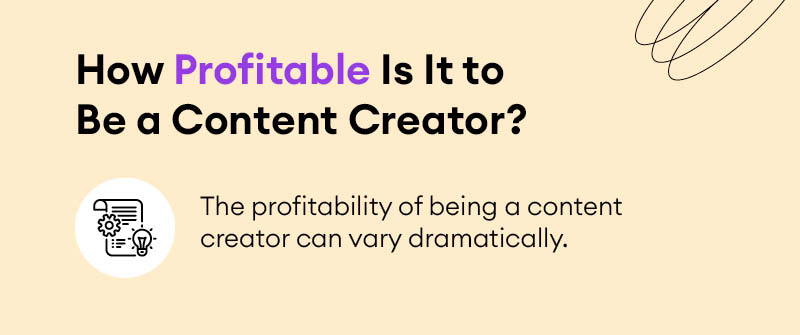
Earnings Potential Based on Platform
Earnings can be significantly influenced by the platform for which you’re creating content. For instance, Instagram tends to be lucrative due to the high engagement rates and strong interest from brands in influencer marketing. On the other hand, platforms like Facebook offer ad revenue models that can also be substantial if you have a large and active following. Because each platform offers unique monetization methods, selecting the right one for your niche and audience type is crucial.
Case Studies of Successful Content Creators
Many successful content creators provide inspiration and insight into what’s possible. For example, creators like PewDiePie on YouTube or Huda Kattan on Instagram exemplify how diversifying your content and income streams can yield impressive results. These case studies reveal that consistent effort and the willingness to adapt to changing trends are often at the root of significant financial success.
Factors Influencing Profitability
The key factors that influence profitability include the size and engagement of your audience, the niche you operate in, and how well you can leverage multiple revenue streams. Niches like beauty, gaming, and tech tend to have higher earning potentials due to higher brand investment and audience engagement. Additionally, forming strategic brand collaborations and partnerships can substantially increase your profitability.
Challenges and Opportunities in Content Creation
While the opportunities in content creation are vast, there are also notable challenges. Competition is fierce, and keeping up with algorithm changes on platforms like Instagram and YouTube can be demanding. However, staying informed and leveraging data analytics can help you maintain and grow your profitability. Opportunities abound for those who can creatively and effectively engage their audiences.
Maximize your earnings and achieve your content creation goals efficiently with Lionize’s AI-driven platform. We take care of everything from recruitment to payment, freeing your time to focus on creating compelling content. Sign up for free and leverage our technology and expertise to propel your brand’s success.






